The Chevy Impala SS and Mercury Marauder are classic American sleepers
For a beautiful time in the 1950s, ’60s, and ’70s, automakers had imagination, family cars looked stunning, and if you had the extra coin, you could spec them with some real power under the hood.
Fast forward to the 1990s, and most of the excitement had long since left the family-hauling slice of the new-car market. We were in full transition mode, from an era of boxes on wheels to one of jellybeans on wheels. Sure, there were still fun cars to be had, but most of them weren’t exactly practical to own and drive on a daily basis.
As the decade came to a close and SUVs and crossovers replaced full-size cars as family haulers, there were still a few holdouts roaming the streets—big, V-8-powered, rear-wheel-drive machines. Your Grand Marquis, Crown Victorias, and Caprices, even the Roadmaster. They came with a live rear axle and enough room for the family, and they made for perfectly boring commuter cars.
Though the segment slowly died out, two platforms soldiered on—the GM B-body and Ford’s Panther. Both sported underpinnings dating back to the late 1970s, with enough design changes and drivetrain updates over the years to keep them relevant. That said, enthusiasts and people who remembered big-bodied performance from decades before weren’t paying much attention to either platform.
Then came two swan song specials. Today we owe some thanks to those performance die hards within the industry who took two of the blandest family cars on earth and turned them into a duo we never asked for but needed so badly: The Chevrolet Impala SS and the Mercury Marauder.
Chevrolet Impala SS
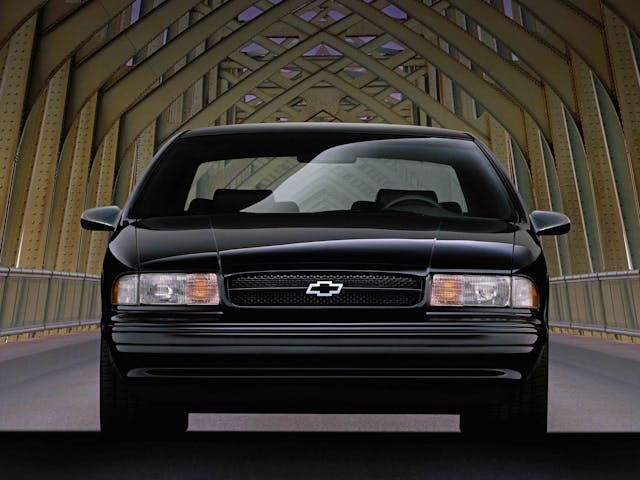
General Motors gave the full-size B-body a total redesign in 1991. Visually, the changes were night and day, with the old sharp-edged boxy body giving way to a whale on wheels. But that’s where the differences ended. Underneath, the chassis remained nearly identical to the one introduced in 1977. A year later, however, that would all change, when Chevrolet introduced its Impala SS concept at the Detroit auto show. The brainchild of designer Jon Moss, the concept took a standard Caprice, blacked out all the trim, and stuffed a 510-cubic-inch V-8 engine under the hood. By 1994, the first Impala SS production cars were rolling off the assembly line, 25 years after the name had been canceled.
As with any production car, the final product was different from the concept. The big-block was replaced by the powerful-for-the-time 350-cubic-inch LT1 V-8, which made 260 hp. An upgraded suspension came from the 9C1 package used for police cars, a limited-slip differential was installed, and the rear brakes were upgraded to discs. Exterior designers did the best they could with what they had to work with, which simply meant a total lack of chrome, a set of big five-spoke wheels, and a lowered stance. It was all just menacing enough.
Performance was decent for the time, with 0 to 60 mph coming in around 7 seconds—not too shabby for a two-ton monster. By today’s standards, of course, such a figure can be achieved by most daily drivers. But in the context of the era, it was some feat. Sales topped 69,000 units in just three years of production.
These Impalas are relatively robust cars. That’s the benefit of that tried-and-true chassis. In fact, the biggest gripes are common to the LT1 engine. The Optispark ignition system sits under the water pump and can be problematic—and difficult to replace. By this point, however, most cars with the issue have already had it addressed with upgraded parts. The only other glaring issue is the car’s interior, as GM interior quality from the 1990s is not great, and the leather upholstery wears quickly. A low-mile, low-use example is the best way around this issue; otherwise, an interior refresh might be in the cards.
Mercury Marauder
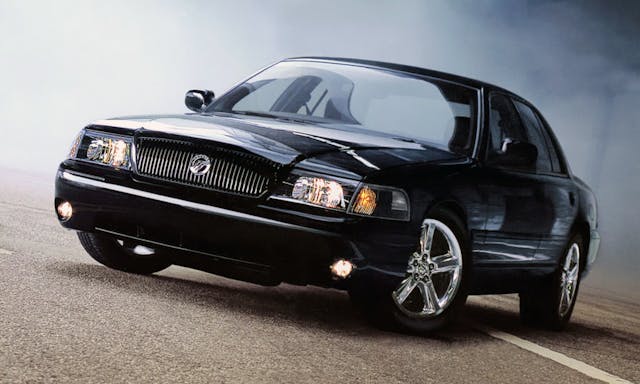
Based on the fourth generation of the Ford Panther platform, the Mercury Marauder follows a similar trajectory to that of the Impala SS, which preceded it by a decade. The Panther is another full-frame, full-size, rear-wheel-drive platform dating to the late 1970s. Much like the GM B-body, it was also popular for underpinning full-size commuter cars as well as fleet and police cars.
The Marauder made its first appearance at the 2002 Chicago auto show as a concept car sporting a supercharged 4.6-liter V-8. Sadly, like the Impala SS concept, the Marauder would be toned down somewhat when it entered production in 2003. Similar to the Impala SS improvements, the Grand Marquis–based Marauder came with a monochromatic paint scheme, an upgraded suspension from the Crown Victoria’s Police Interceptor package, and a stronger driveline.
Output was rated at 302 hp, thanks to the four-valve 4.6-liter Modular V-8 also used in the Mustang Mach 1. The rear axle had a 3.55:1 ratio with a limited-slip differential, versus the Impala’s 3.08:1, and the Marauder tipped the scales at 4200 pounds. It made the sprint from 0 to 60 mph in 7.5 seconds, half a second slower than the Impala, despite having the horsepower and gearing advantage. Unfortunately for enthusiasts, the Marauder was canceled after just two years and production of just over 11,000 cars.
Reliability isn’t an issue in these cars. Like the Impala, the Marauder sits on a proven platform, so serious issues are not common. Most problems center on issues common to the Ford Modular engine—coolant leaks and misfires due to compression loss. As with the Impala’s LT1, by this point, such issues have likely been addressed. Other reported pitfalls have to do with blistering paint and headlight malfunctions.
What’s the market for these cars?
Digging into who is buying these cars yielded some surprising results. Being so similar in styling and purpose, it would be easy to assume that both cars have the same type of buyer. That’s not the case. We found that the overwhelming majority of Impala SS owners are Gen X, while Baby Boomers prefer the Marauder, with a nearly equal amount of interest in both cars from Millennials. It is also worth pointing out that with more than six times the number of Impalas produced, there is far more activity surrounding the Impala.
Values, however, are neck and neck, with the Impala being the slightly more expensive option. A #2 condition (Excellent) Impala SS will run you under $30,000, while a driver-quality #3 (Good) car is still in the mid-teens. Looking at the Marauder, a #2 condition (Excellent) example will cost a hair over $20,000, while a driver-quality #3 (Good) car can be had for around $12,000.
All things considered, this is a lot of bang for the buck to get into a collector car. Granted, by today’s standards, each looks far more badass than they are fast, but both were considered legit performance cars of their time, and they will still turn heads. Even when you’re just out running errands with the family.
***
Check out the Hagerty Media homepage so you don’t miss a single story, or better yet, bookmark it. To get our best stories delivered right to your inbox, subscribe to our newsletters.
Via Hagerty Insider
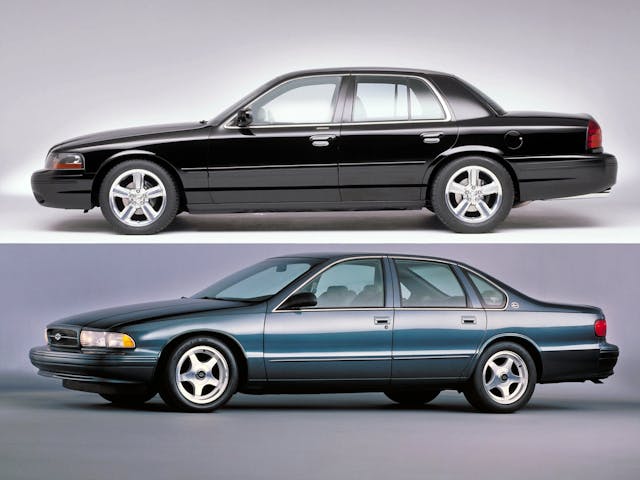
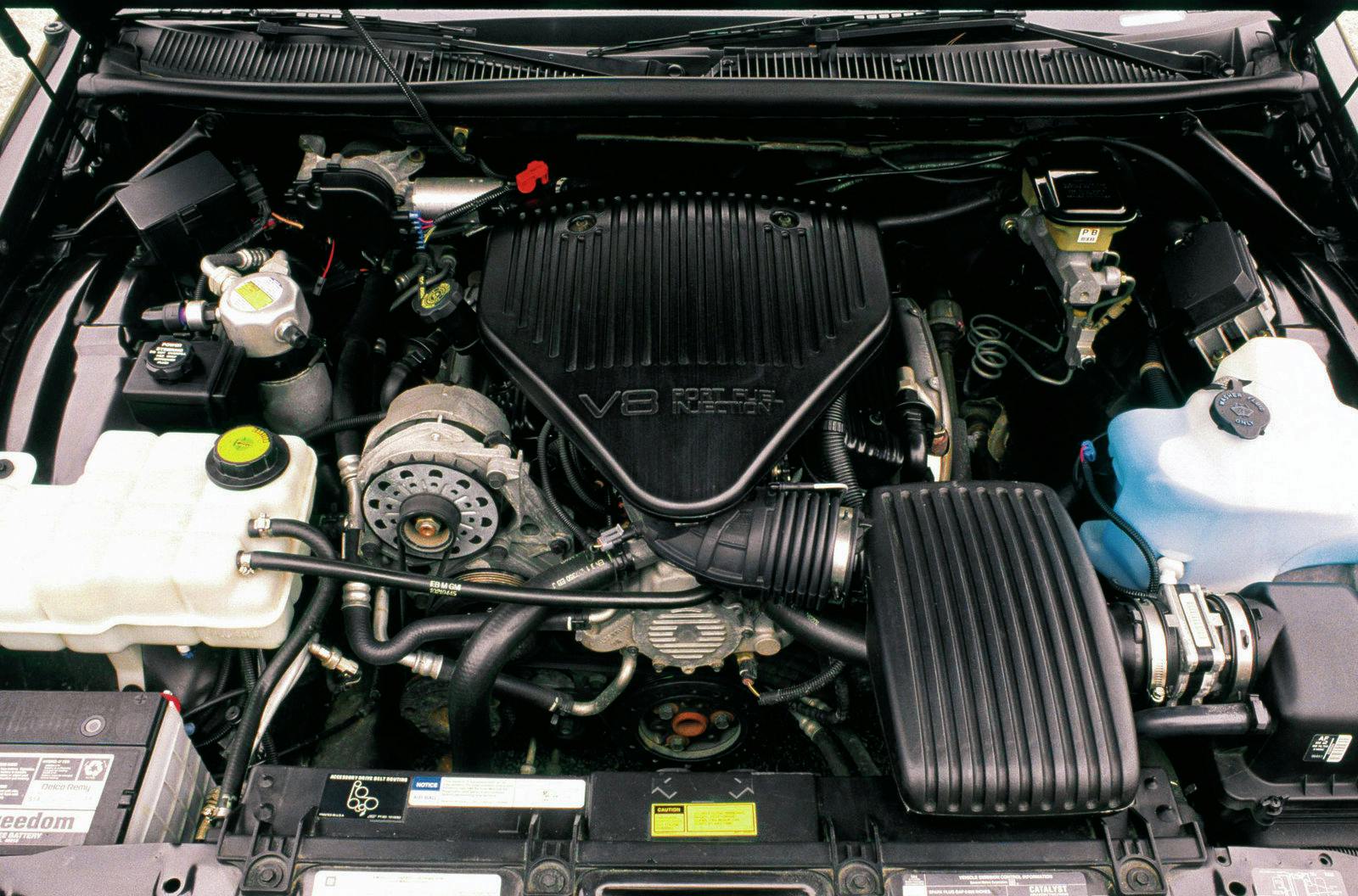
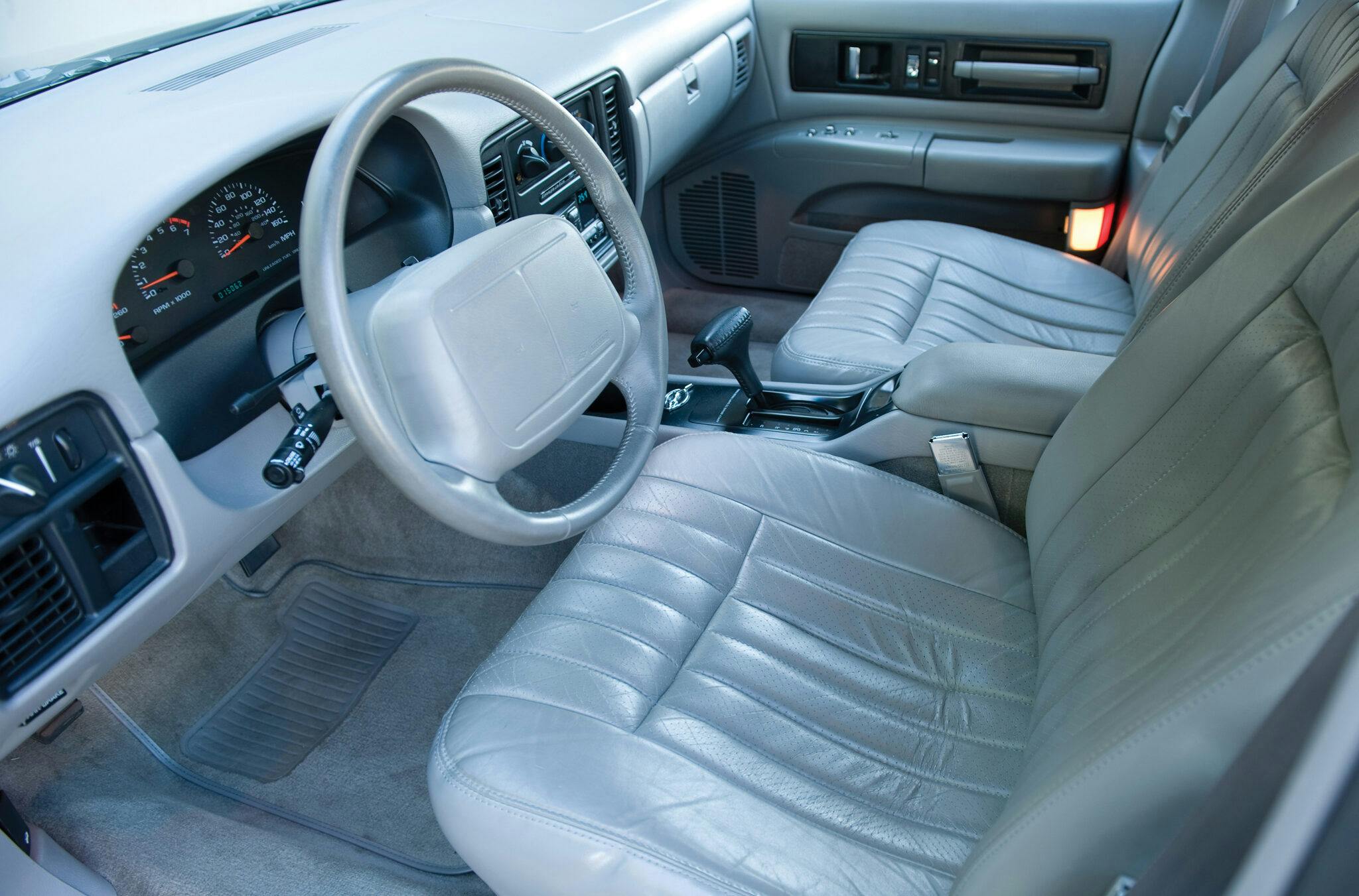

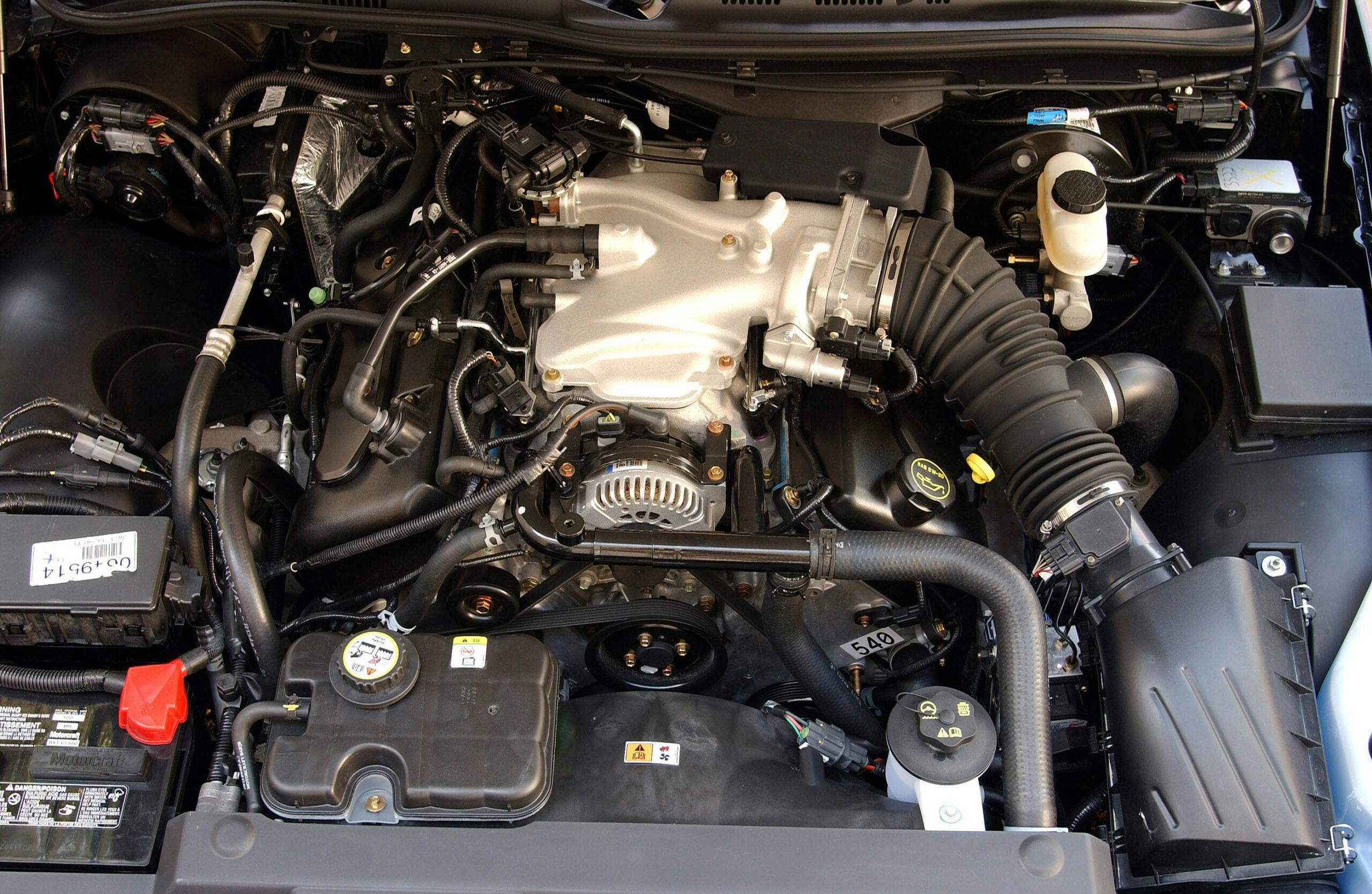


I’ve had my 1995 – MYT-IMP – (my license plate) since 07/97 and its as big and beautiful as the day I bought it being the 2nd owner. If you take care of it, you can’t break it, sure you can put it in a ditch and go that route but it is a beautiful DGGM and will never sell too many compliments, too many double takes and the women love it! It’s definitely not stock any more, it sounds amazing, drives like a dream and for 4,400lbs with me and a half tank of fuel she’s heavy fun! From Estacada, OR to Colton, OR I can set the cruise control on 70mph and take every corner with ease and haul up the grades of the 211 and passing is never an issue. I did recently race a Hellcat Red Eye off the line, I was barely out of first and the HRE was already winding out in low second with the supercharger whining as it ramped up so I just backed off… hell, the Imp is 28yrs old… SEE YOU ON THE ROAD SKAG!…(Mad Max)
I’m still a little ticked that not enough Americans bought American nameplate vehicles so that I can no longer buy a new Mercury. I had nothing but good luck with the Mercs I owned over the years. Mercury, Pontiac, Oldsmobile, Saturn and I’m sure I’m missing some that went away the last 20 years or so.
Marauder a ‘sleeper?’ Really? Every time I see one I’m instantly reminded of Hawii 5-0 and McGarrett’s black Mercury? Although I think that one was a Park Lane.
It should be noted that the Buick Roadmaster sported the same drivetrain as the Impala SS, the big difference is the cushy ride. But if you want to “Go fast with Class” The Buick was where it was at. My mom had one, it was pretty quick for the day, PLUS she got 33 mpg on their first trip (round trip) from Mid-Michigan to Eastern Ohio. I took it from Mid Michigan to Indy, and made it half way between Michigan Border and Lansing before I needed to fill my tank. Only problem was the Optispark, my dad grumbled all the way though that, but otherwise Great car.
Love love love the Impala SS! Even as a european, there’s just nothing like it, that can be that cool! It just oozes badass-esness, even just in pictures.
But I don’t get why americans are so laser-focused on “generations”. No two people from the same birth year think exactly the same, so what’s the point of generations, when a simple age bracket would be much more valuable?
I own both currently and have wanted them for some time. Both need a few touch ups and are not perfect but every time i see them, i get a smile on my face. They are both beautiful and unique in their own way but the Marauder is more fun to drive.
reedged